https://arturdobija.com/portfolio-mediatech-2022-2024/
Writing.
Science
Essays
Researching.
Non-human cognition
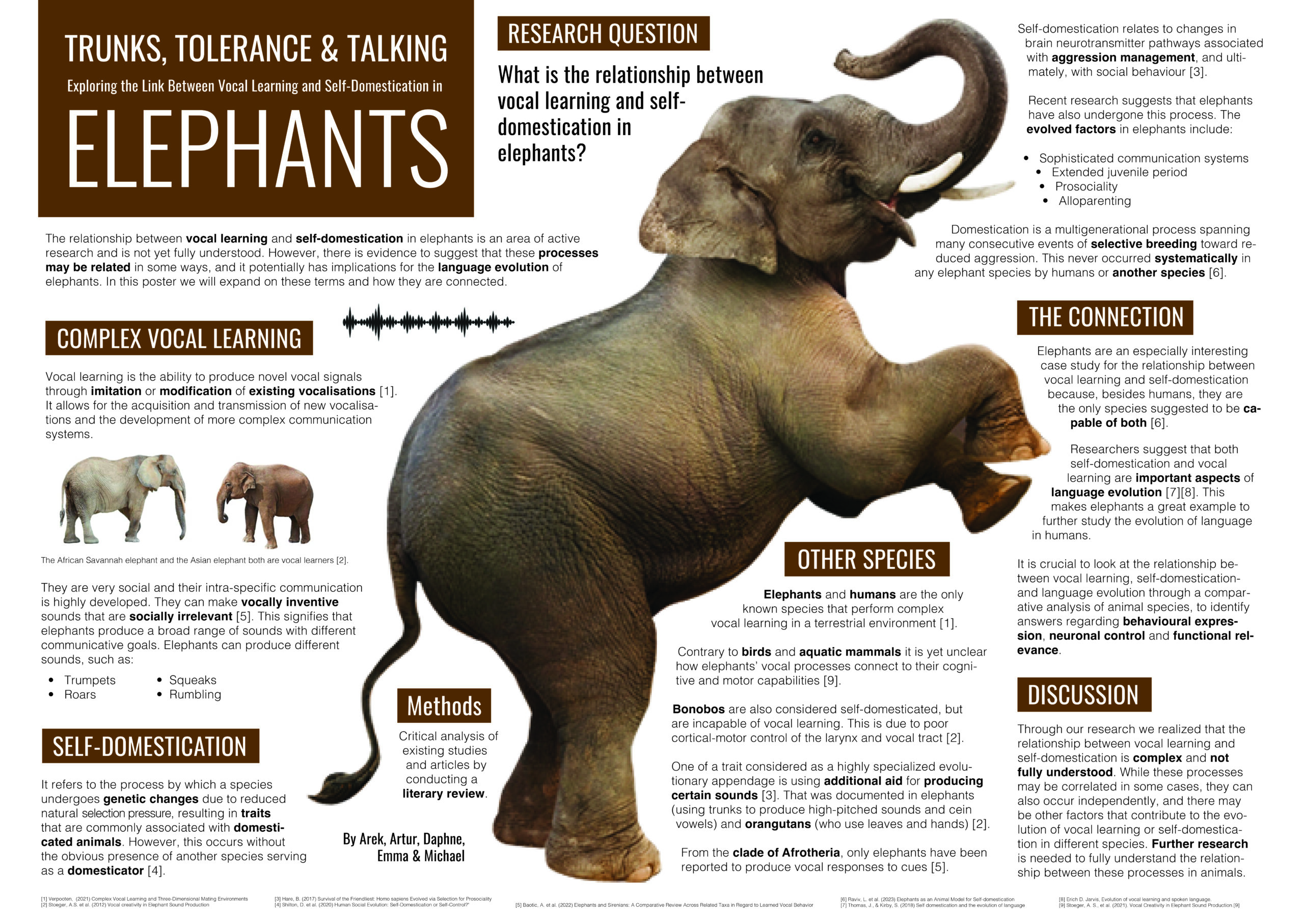
Analysis of Palestrina’s work corpus
Training Transformer With palestrina’s music
The generated MIDI score file was sonified using Garage Band’s organ samples.
Interacting.
MAZTRO — INTERFACE FOR HUMDRUM MUSICAL DATABASES.
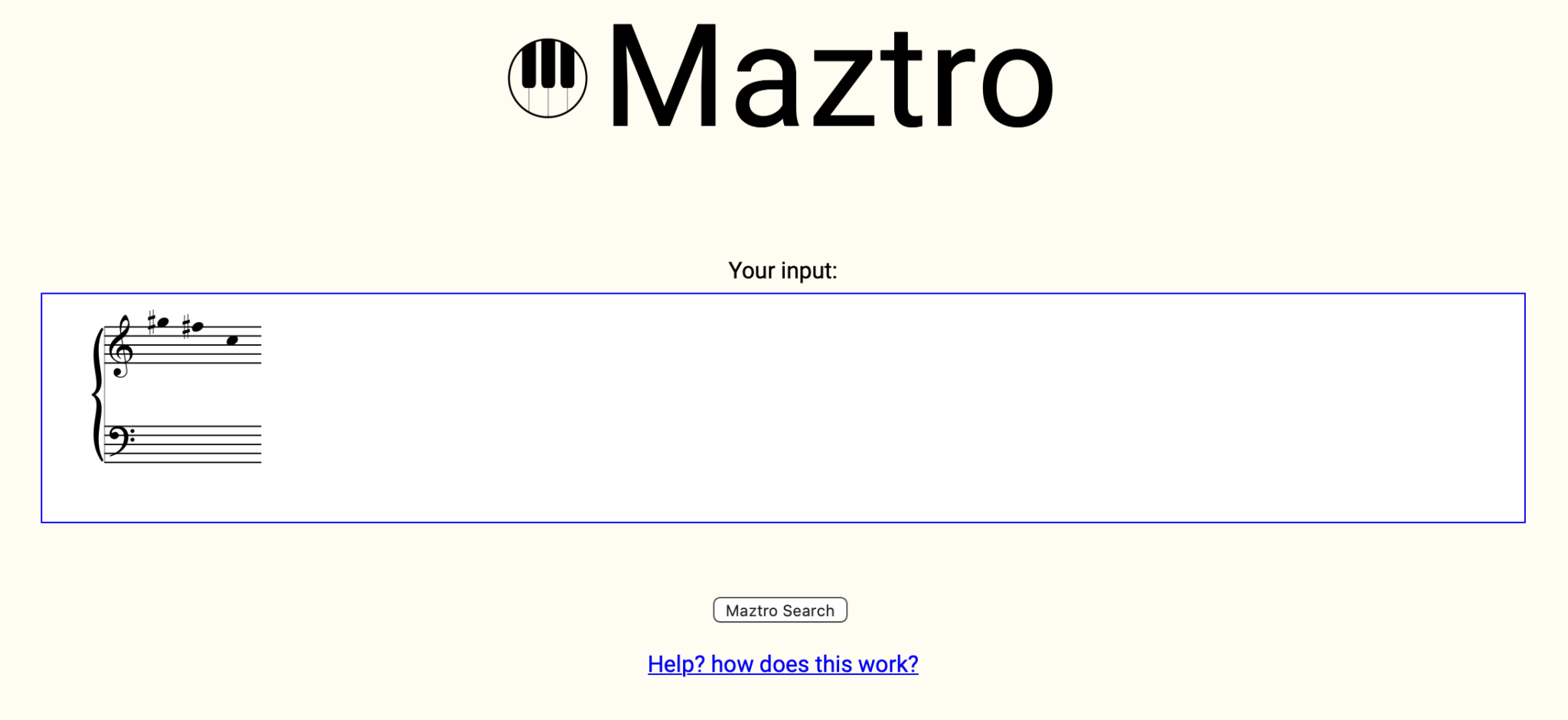
Artur Dobija | Björn keyser
Science to experience 2023
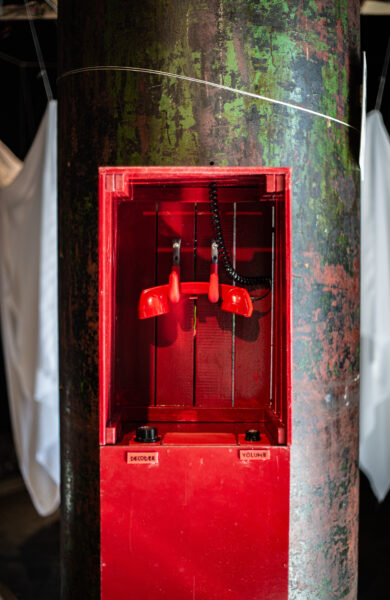
CAN YOU HEAR ME OUT?
Artur dobija | Trent Eriksen | Fatima mashood
In the middle of exhibition, a lonely ringing phone’s purpose was to lure the visitors into a conversation.
Using only two knobs, they had to hit the right frequencies in order to have a meaningful conversation.
However, as soon as the communication had been established, it was gone.
Dear visitor, thank you for your voice sample.
Performing.
Sound Space Interaction
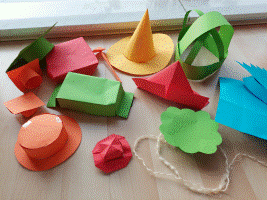
Dancing Oscilloscope
Artur Dobija | Anna Siviera van der Sluis
We turn academics at the university into dots on the oscilloscope. Together, they make various polygonal shapes well.
Every participant received a colourful hat, allowing their position to be tracked by the camera above the performance space.
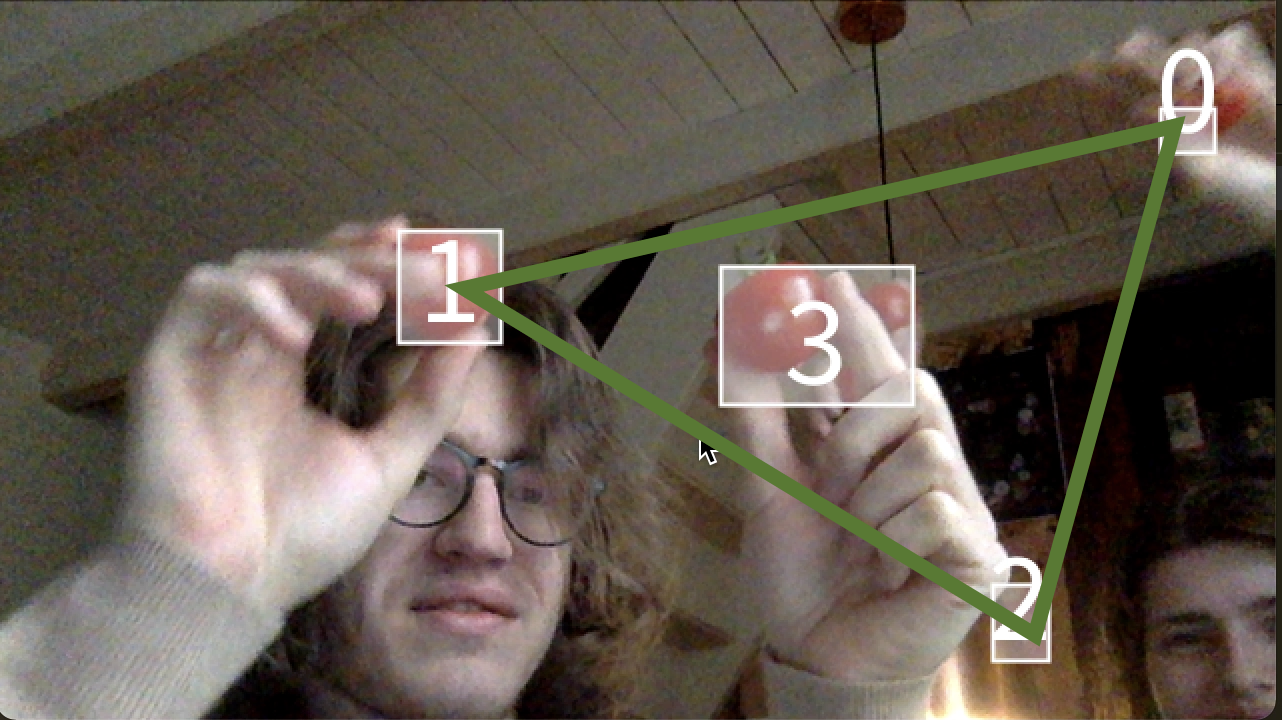
We analysed the resulting polygons and mapped various data as parameters for music instantaneous generation:
Nº sides → timbre (from sine to square);
side lengths → duration
xy coordinates → pitch
Photosonic office



Artur Dobija | femke moosterd | Praghna Jain
In this project, I was responsible for the audio domain of the exhibition. The Arduino sketch I provided turns the board into a simple polyphonic synthesiser with DCO-based voices (digital controlled oscillator).
The code allows for an arbitrary amount of voices (each getting one digital pin out as “audio output”), however we used only four.
A pin outputs a square wave at the audio rate. The sketch adjust the frequencies of each oscillator according to the “squared” rules of Renaissance classical counterpoint (“Palestrinian”), thus aiming at providing consonant intervals at the strong beat of each bar. The melodies’ pitches and rhythms are procedurally generated.
Frustrated Programmer
The Frustrated Programmer is an artificial creature embodying frustration accumulated during my programming experience. It exists as a script writing itself in Sublime Text code editor. Unfortunately, it keeps making typos and lapses. In the edit is able to cope with the task – but at what cost?
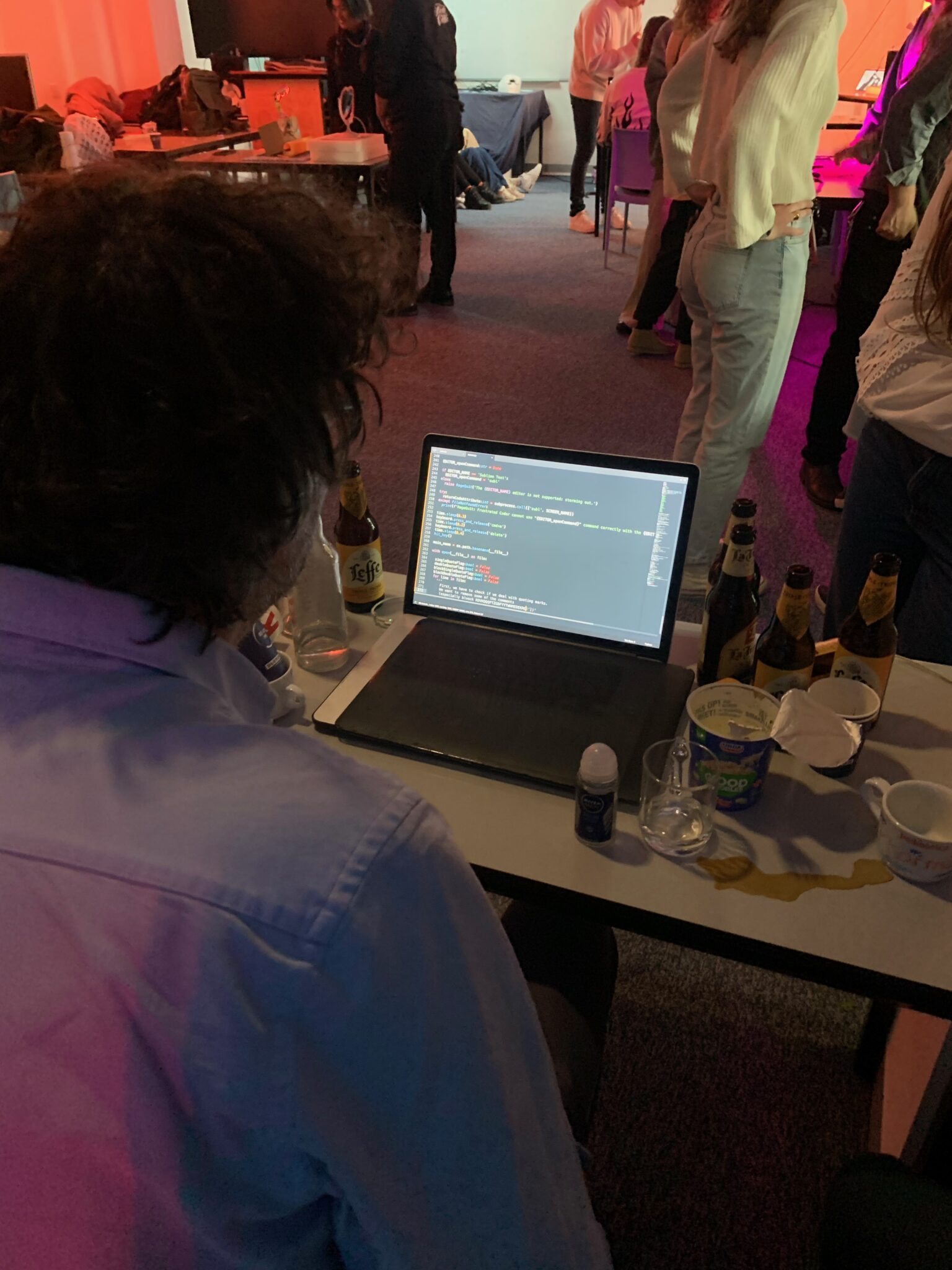
The work was presented during the Artificial Creatures exhibition. Additional scenography consisting of empty beer bottles, coffee cups, instant soups and stick deodorant was prepared.
Creative Coding.
Bathe’s canon generator

In Pure Data & Lua, I implemented a so called “Bathe’s canon table” containing instructions on how to improvise a two-part canon over a cantus firmus (a steady melody in the low voice).
Given the pre-defined cantus firmus, a second melody can be improvised on top of it. By a careful choice of intervals (both melodic and relative to the cantus firmus), a third voice can repeat this melody with a given time and pitch offset.

1) Generate a melody serving as cantus firmus.
2) Decide on the canon pitch interval.
3) Create the leading melody
4) Take the leading melody, offset it in time and transpose the melody by the decided pitch interval.
Teamwork of Artur, PJ & Rick
Cookies without a Cook.



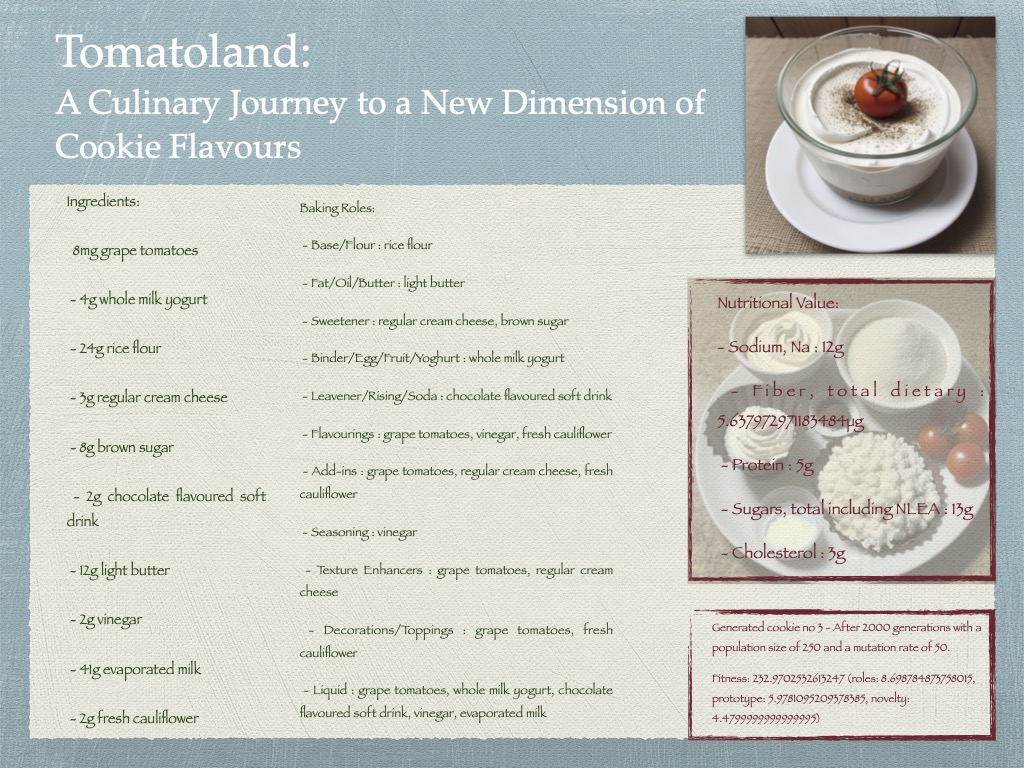

We used a genetic algorithm to create the fittest cookies. Based on the nutrients values of a typical cookie, the algorithm chose such ingredients to vary the experience while preserving the correct proportion of the nutrients.
Enjoy!
DIL – a poem generator
Using markoff chains and our multilingual human recourses, we created a multimodal poem generator. We assembled the database of love songs in Dutch, Hindi and Polish, which formed the inspiring dataset for our algorithm.
Graduation Project
Voices at hand.
Exploring impact of the XVI-century solmization practice on the style-specific music generation.
Guidonian hand is a Medieval mnemotechnique tool used for music education for over 700 years. This paper presents a new machine learning tokenization framework for XVI-century scores (musical catholic masses by G.P. da Palestrina *1525 †1594). The Renaissance system of hexachordal solmization is used as the main reference point for constructing an embedding vector space suited for polyphonic music in the style of High Renaissance polyphony. The system is evaluated by comparing music snippets inferred from NN models trained on the “hexachordal” embeddings against midi-based and domain-specific alternatives.

